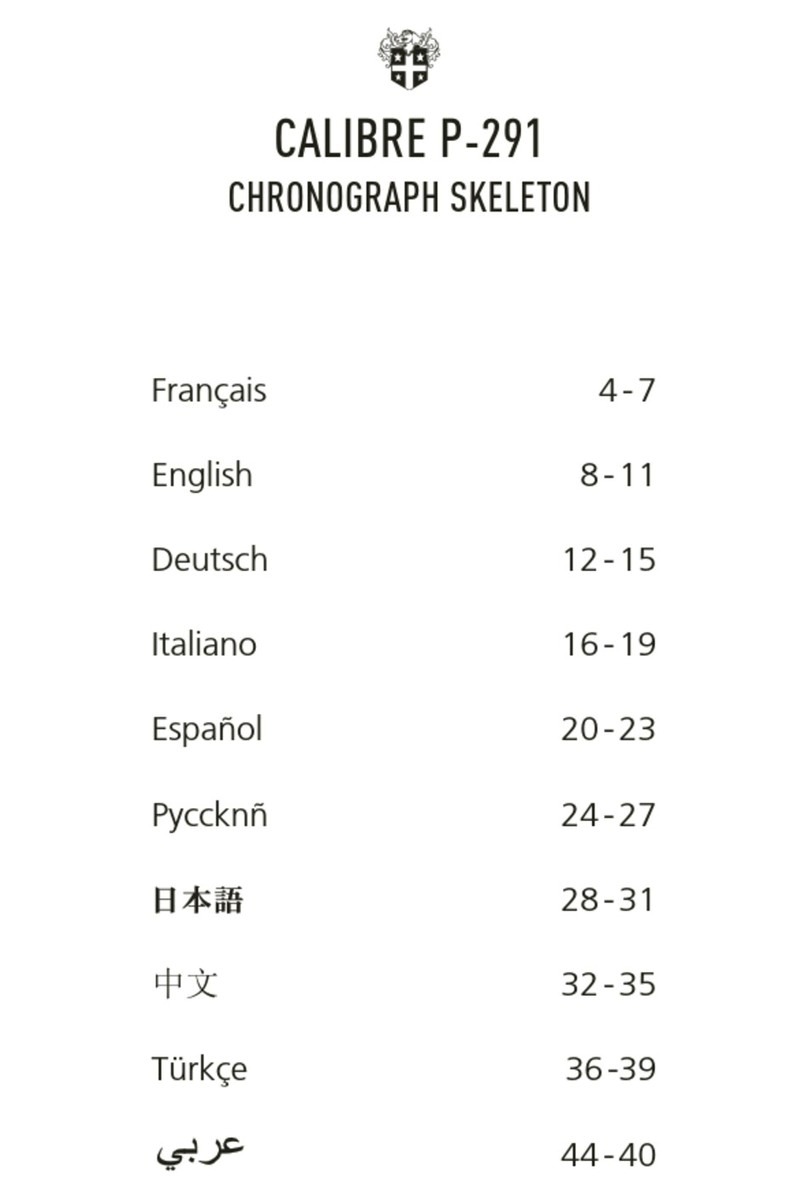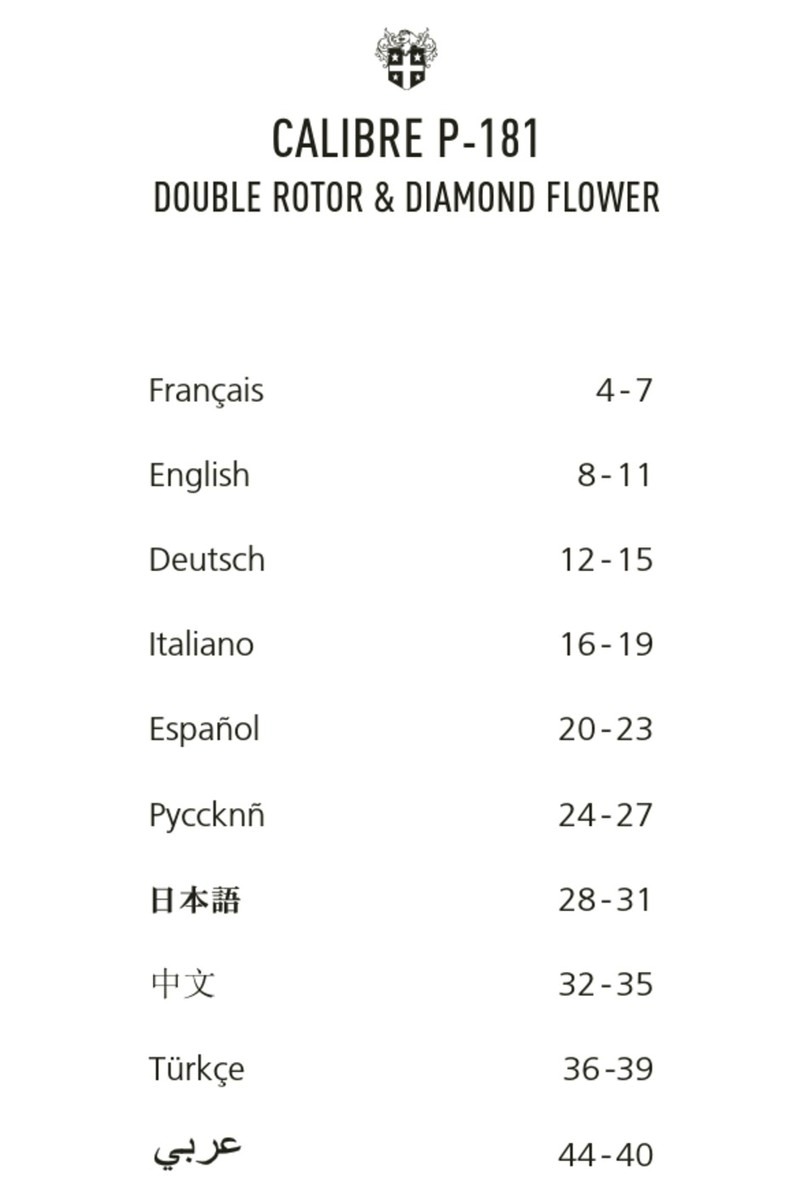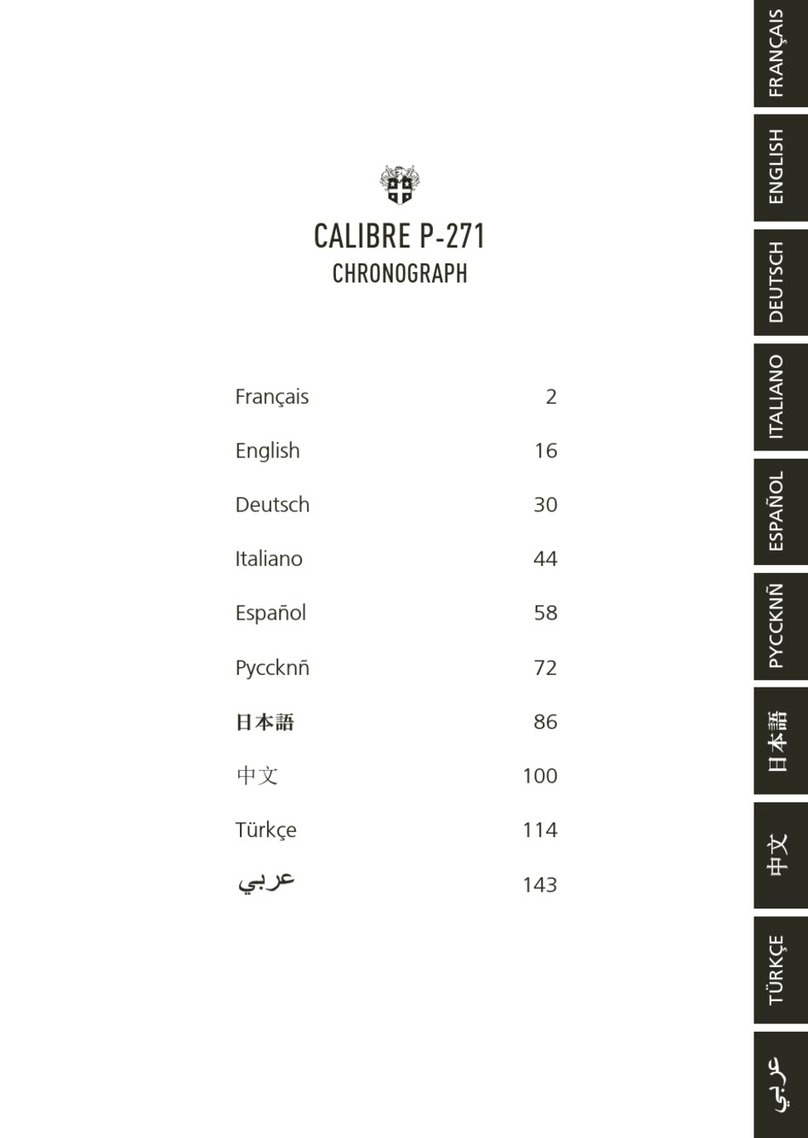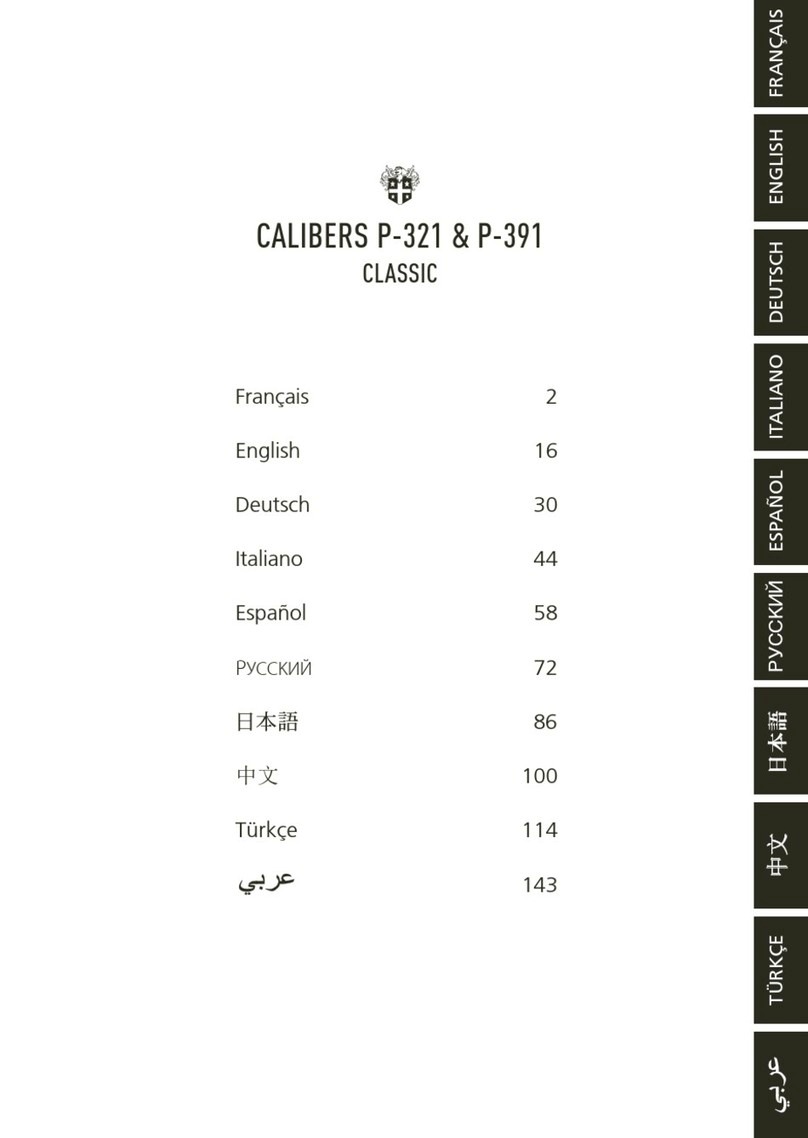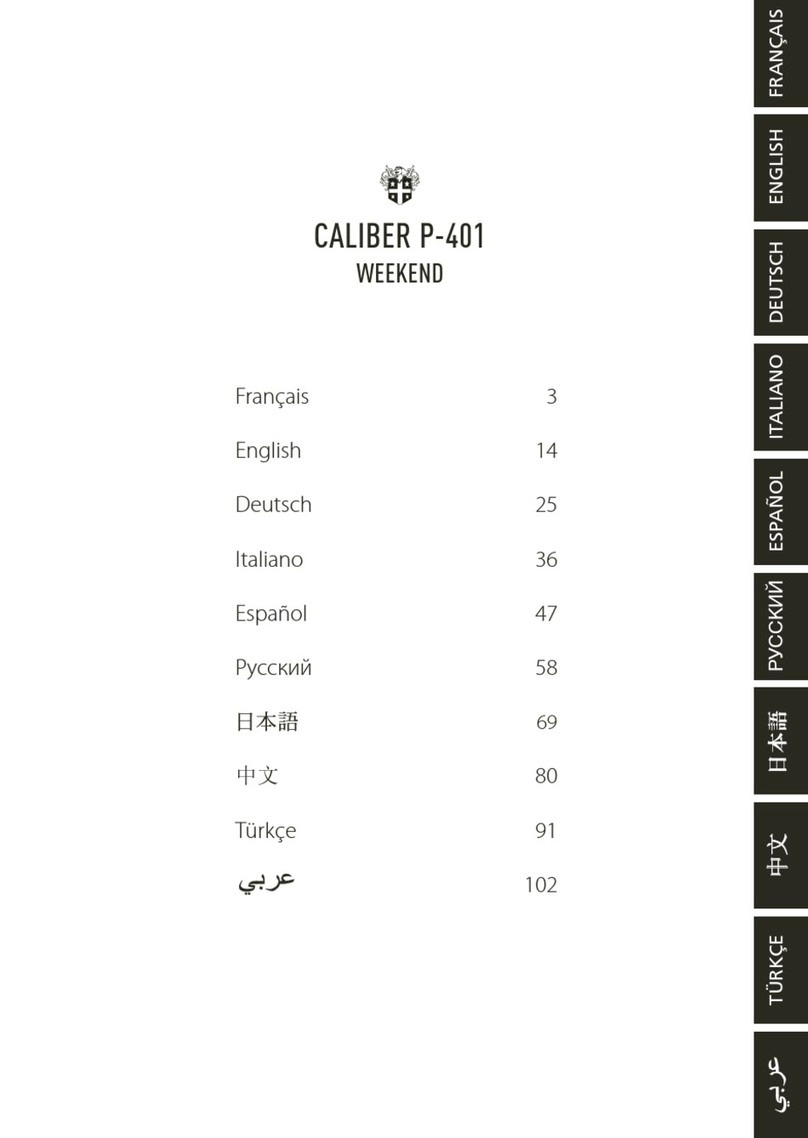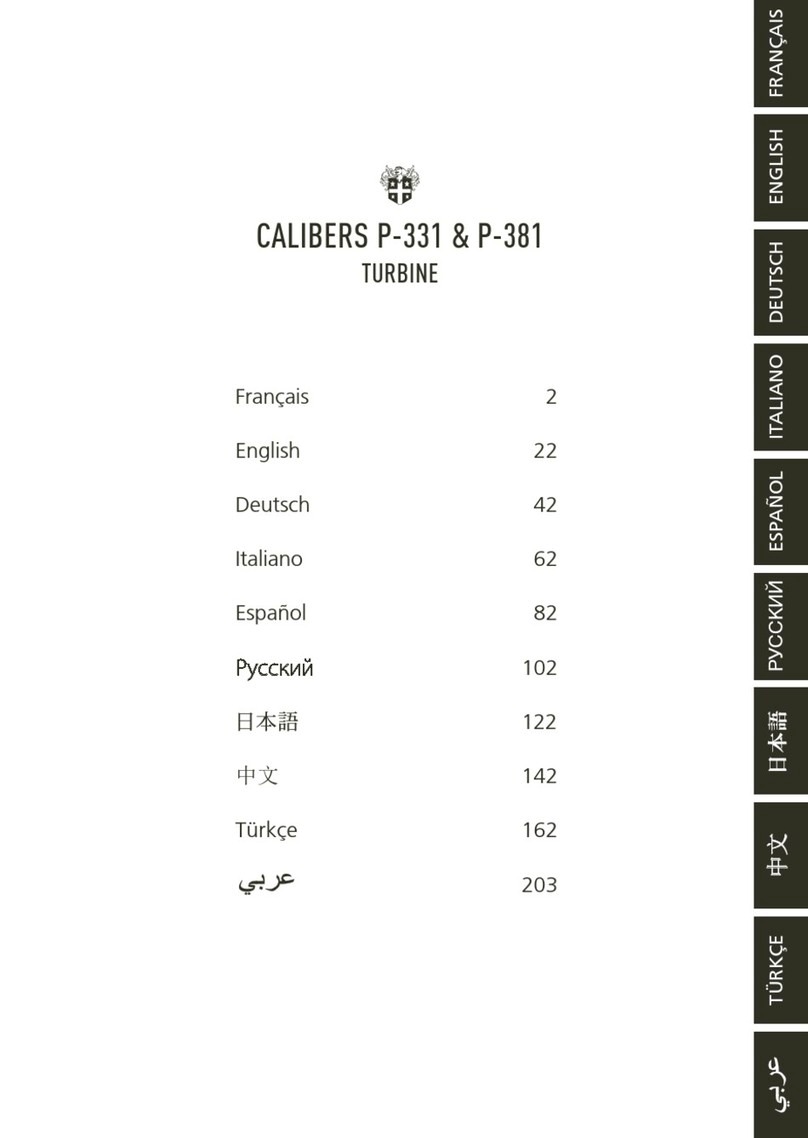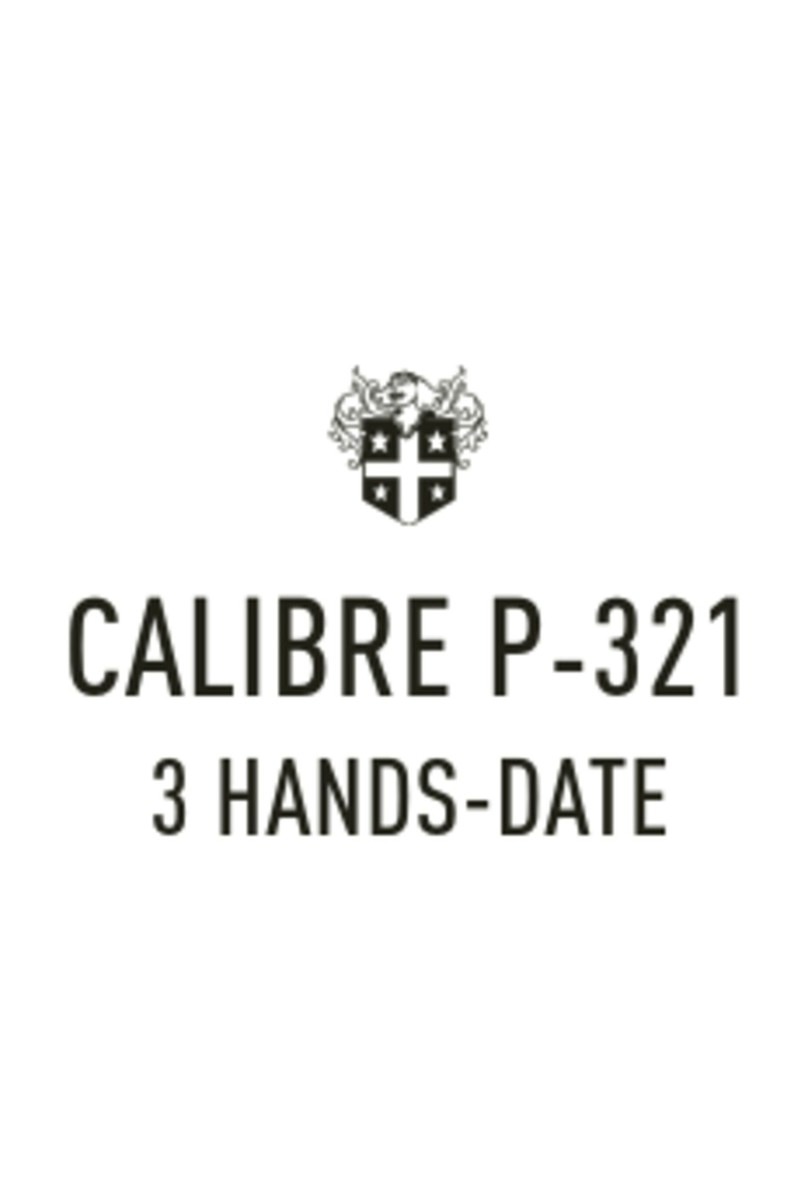
2 3| HISTOIRE HISTOIRE |
LeLocLe du XVIIe
au XVIIIesIècLe
Imaginez les hauts plateaux isolés du Pays de Neuchâtel,
culminant à plus de 1000 mètres d’altitude. En ces temps-là,
les seuls moyens de locomotion reliant ce haut pays au reste
du monde sont les charrettes tirées par les chevaux ainsi que
la marche. Le climat y est austère, les hivers rigoureux.
Dans ce monde où l’on chassait l’ours, le loup et le sanglier,
les conditions d’existence sont difficiles et les valeurs humaines
prennent le relais : l’entraide, la générosité pour autrui sont les
valeurs qui ont permis aux premiers habitants de développer
leurs communautés.
A cette époque, la ville du Locle fait partie de la Principauté
de Neuchâtel, possession des Rois de Prusse Frédéric 1er, puis
Frédéric-Guillaume II.
L’horLogerIe du XVIIe
au XVIIIesIècLe
Alors qu’au XVII
e
siècle l’horlogerie est principalement
française, allemande et anglaise, celle-ci connaît une rapide
éclosion en Suisse au début du XVIII
e
siècle. Sitôt après
Genève, dans les années 1700, ce sont les Montagnes Neu-
châteloises qui s’ouvrent à cette nouvelle activité.
Le forgeron Daniel Jean Richard (1665-1741) est reconnu
comme le père fondateur de l’horlogerie suisse.
C’est lui qui a introduit ce métier dès 1705 à La Sagne, puis
au Locle.
L’horlogerie vient de s’affirmer et s’implante définitivement
dans la contrée. Elle permet aux Montagnards et paysans
d’entrevoir de meilleures conditions de vie.
hIstoIre d’un brILLant horLoger
L’expérience des métiers horlogers est vieille de 30 ans lorsque
Abraham-Louis Perrelet vient au monde le 9 janvier 1729 au
Locle.
Son père, Daniel Perrelet, est à la fois agriculteur et charpentier.
Au cours des longs hivers des Montagnes Neuchâteloises, il
fabrique des outils, dont certains, d’une extrême finesse, sont
destinés aux horlogers. Abraham-Louis, comme tout enfant
démuni de l’époque rend quelques services en aidant ses
parents dans les travaux de la campagne et de l’atelier.
A l’âge de 20 ans, voyant que l’horlogerie prend de l’ampleur
dans les Montagnes Neuchâteloises, il abandonne ces modes-
tes travaux pour se lancer pleinement dans ce nouvel artisanat
fascinant.
La première contrainte à laquelle il est confronté est celle
du manque d’outils adéquats. Il s’attache donc à combler
cette lacune en mettant au point un certain nombre d’outils,
comme l’outil à planter ou l’outil à arrondir.
Il innove, développe et met au point une série de nouvelles
combinaisons pour améliorer la marche des garde-temps.
Il est ainsi le premier, au Locle, à fabriquer des montres avec
échappement à cylindre, à duplex, à quantième et à équation.
Malgré son jeune âge, sa réputation est solidement ancrée et
son avis d’expert très sollicité.
FRANÇAIS

